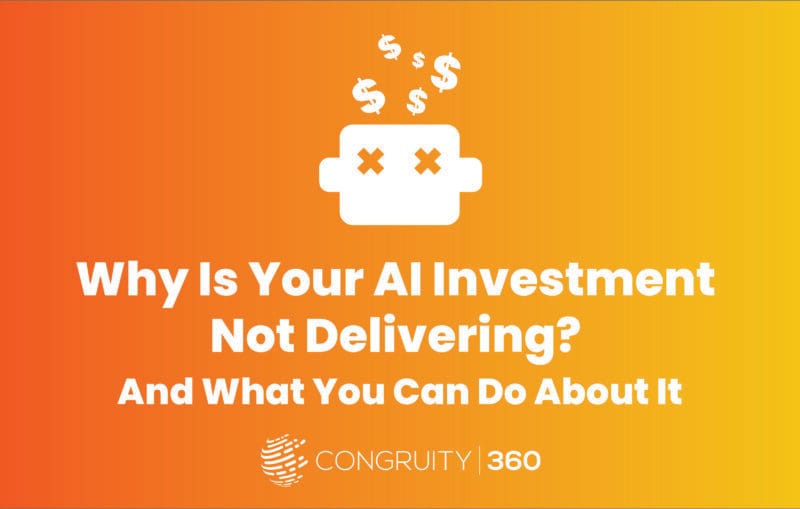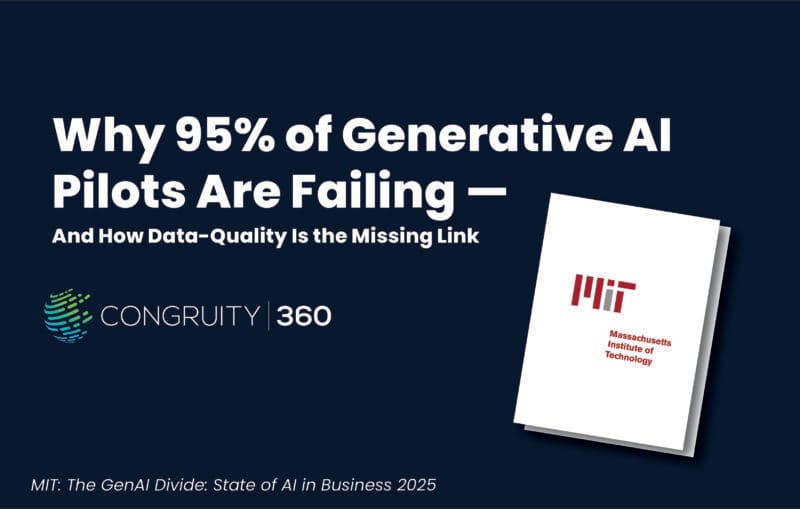Industry 4.0 represents a major shift toward smarter, connected, and autonomous operations. As organizations modernize their environments, data becomes the strategic asset that powers efficiency, innovation, and competitive advantage. But capturing data is only the beginning—companies must invest in the right data solutions to unlock meaningful value.
Below is a guide to the essential data capabilities every organization should consider when adopting Industry 4.0.
1. Industrial IoT Platforms for Real-Time Data Collection
A core requirement of Industry 4.0 is the ability to gather data from machines, sensors, and operational systems in real time.
An effective Industrial IoT (IIoT) platform enables:
- Continuous machine and equipment monitoring
- Predictive maintenance insights
- Tracking of environmental, safety, and process conditions
- Integration across diverse and legacy equipment
This forms the foundational layer for all other advanced data-driven initiatives.
2. Edge Computing for Low-Latency, High-Speed Processing
Many industrial applications require instantaneous analysis—far faster than what cloud-only systems can deliver. Edge computing addresses this need by processing data closer to the physical machines. Benefits include:
- Ultra-low latency
- Local autonomy when network connections are unstable
- Reduced load on central data systems
- Enhanced security through localized processing
This is particularly important for robotics, automated inspection, and time-sensitive control systems.
3. Cloud-Based Data Lakes for Scalable Storage
As connected operations generate vast amounts of structured and unstructured data, companies need a future-ready storage solution. A cloud-based data lake offers:
- Flexible, high-volume data storage
- Support for both raw and processed data
- Cost-efficient retention over long periods
- Simplified access for analytics and AI teams
A centralized data lake becomes the single source of truth for enterprise-wide modeling and decision-making.
4. Data Integration & Middleware Solutions for System Interoperability
Industry 4.0 often blends modern digital tools with decades-old machinery and systems. To eliminate silos, organizations need strong integration and data flow solutions.
These typically include:
- Middleware that connects OT (operational technology) to IT systems
- API-based communication frameworks
- Messaging systems for reliable data streaming
- ETL/ELT pipelines for preparing data for analytics
With effective integration, insights can flow freely across manufacturing, logistics, supply chain, and business systems.
5. Advanced Analytics and AI/ML Platforms for Intelligent Insights
Collecting data is valuable only if it leads to actionable insights. AI and advanced analytics platforms help organizations perform:
- Predictive maintenance
- Anomaly and defect detection
- Quality optimization
- Energy consumption analysis
- Production forecasting
- Automated decision-making
These capabilities turn raw machine data into a strategic tool for boosting efficiency and reducing costs.
6. Digital Twin Technology for Simulation and Optimization
A digital twin— a digital replica of a process, system, or physical asset—helps organizations visualize and improve operations. By using real-time data, digital twins enable teams to:
- Simulate potential changes without disrupting operations
- Optimize processes and workflows
- Identify bottlenecks and inefficiencies
- Reduce risk in equipment upgrades or redesigns
This technology empowers continuous improvement in complex industrial environments.
7. Cybersecurity Solutions Tailored for Smart Factories
More connectivity means greater cyber risk. To protect both operational and information systems, companies should implement robust Industry 4.0 cybersecurity measures such as:
- Network segmentation
- Zero-trust security architectures
- Identity and access management
- Continuous monitoring and threat detection
- Industrial firewalls and endpoint protection
- Secure communication protocols for IoT and OT devices
Securing data is as important as using it.
8. Data Governance, Quality Management & MDM
Strong governance ensures data remains usable, consistent, and trustworthy. Organizations should adopt:
- Clear data ownership and stewardship policies
- Metadata management
- Data quality monitoring and cleansing processes
- Master Data Management (MDM) to maintain consistency across systems
Reliable data is essential for accurate analytics and regulatory compliance.
A Practical Roadmap for Data Investments in Industry 4.0
To build a strong Industry 4.0 data foundation, companies should focus on:
- Connecting physical assets through IoT platforms
- Leveraging edge computing for real-time decisions
- Establishing scalable cloud data storage
- Integrating systems through robust data pipelines
- Adopting AI/ML for advanced analytics
- Using digital twins for simulation and optimization
- Implementing strong cybersecurity measures
- Enforcing data governance and quality practices
Conclusion
Industry 4.0 is a data-driven transformation. Organizations that invest in the right data solutions—spanning collection, storage, integration, analytics, and governance—will be positioned to achieve greater operational excellence, agility, and innovation. The future belongs to companies that treat data not just as a byproduct, but as a core strategic asset.





